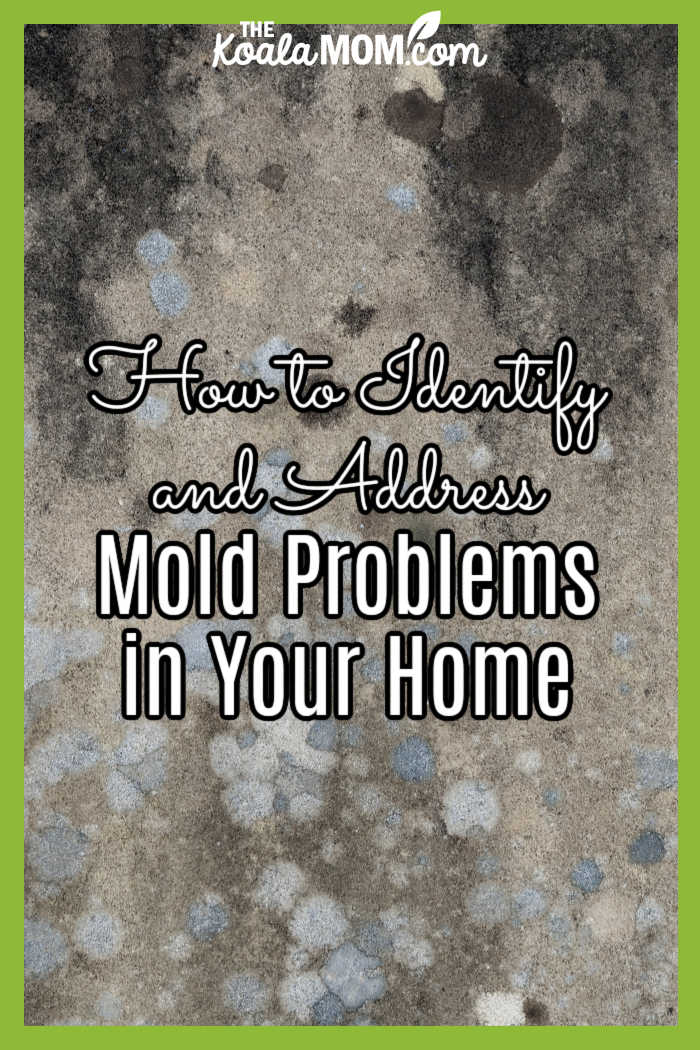No one wants to face the fact that there may be mold in their home, but it’s better to address the issue sooner rather than later. With the presence of mold comes significant health risks and damage that could take even more time and money to deal with if left unchecked.
In this blog post, we’ll walk you through the steps of how to identify and tackle any potential mold problems in your home. We’ll also cover what kind of preventive measures you can put in place to minimize or eliminate future issues with disturbing mold growth. With this guide, you can ensure a safe—and healthy—environment inside your own home!

What is mold and why is it dangerous for your home’s health and value
Mold is a type of fungus that can grow in various areas of your home. It thrives in damp environments and can spread quickly if left unchecked.
Not only is mold unsightly, but it can also pose serious health risks to you and your family. Exposure to mold can lead to respiratory issues such as coughing, wheezing, and even asthma attacks. It can also cause headaches, nausea, and fatigue.
In addition to the health implications, mold can also impact the value of your home. If left untreated, it can spread and cause extensive damage to your walls, floors, and ceilings. This can lead to costly repairs and lower property values.
If you suspect mold is present in your home, it’s important to act quickly and seek professional help.
Signs of a mold problem in your home
Mold is a common problem in many homes, but it can be difficult to detect. There are several signs that you might have a mold problem, including a strong musty odor, visible discoloration on walls or ceilings, and increased respiratory problems. If you notice any of these signs, it’s important to take action quickly to prevent the mold from spreading and causing damage to your home and health.
Mold may be visible on window ledges, where moisture collects due to condensation. It may also be hidden in walls and attics, thus being much harder to detect. By being aware of the signs of a mold problem, you can keep your home safe and healthy for you and your family. For example, the black mold smell is a tell-tale sign of a serious mold problem, so it’s important to take immediate action if you detect this odor in your home.
If you are unsure if you have a mold problem, it’s always best to call in a professional to conduct an inspection and provide expert advice.
If you are in the process of buying a new home, it’s a good idea to have a home inspection done. A professional home inspector will check for signs of mold and let you know if this is an issue in the prospective home. You can then decide whether you wish to deal with it or find another home.
Investigating the source of the mold
Mold can be a homeowner’s worst nightmare. Not only does it look unsightly, but it can also pose a serious health risk to those exposed to it. That’s why identifying and investigating the source of the mold is so important. Whether it’s caused by a leaking roof or high humidity levels, pinpointing the root cause will allow for effective remediation and prevent the mold from returning.
By working with professionals experienced in mold inspection and remediation, homeowners can rest easy knowing their homes are clean and safe. So don’t delay—take action to address any mold growth and enjoy a mold-free home once again.
Tips for preventing future mold problems in your home
Luckily, there are several simple steps you can take to prevent mold growth in your home. First and foremost, make sure to address any moisture issues immediately. This may mean fixing leaks in the roof or plumbing, using a dehumidifier in damp areas, or improving ventilation in areas prone to humidity.
Additionally, regularly cleaning and maintaining your home can go a long way in preventing mold growth. Make sure to clean up spills and messes promptly, regularly dust and vacuum your home, and keep clutter to a minimum to reduce the chances of mold finding a place to grow. By taking these preventive measures, you can protect your home and your health from the harmful effects of mold.
In conclusion, mold is neither an easy nor a pleasant topic to think about. But the fact remains that mold can be damaging to your home’s health and value. It’s important to look for and address any signs of a potential problem early on, by identifying its source and finding solutions that are tailored for your specific situation.
Whether you decide to go with a professional or tackle it yourself depends on what kind of expertise and resources you have available. To avoid problems from occurring down the line, it’s crucial to pay attention to moisture levels in your living environment by investing in dehumidifiers where applicable. If done correctly, these proactive tactics can save time, money, and hassle.
Good luck tackling this moldy beast!

No Responses Yet